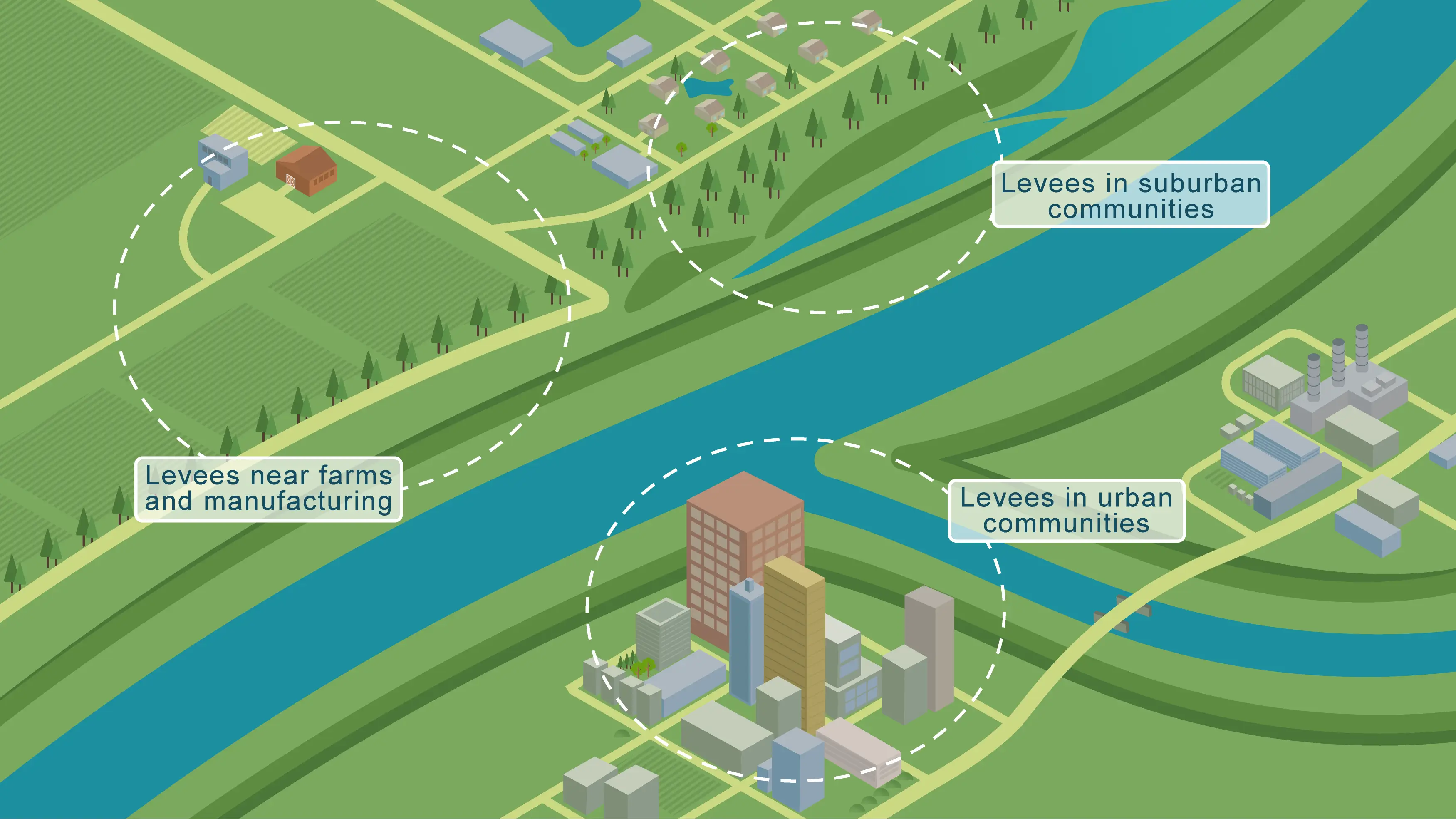
LEVEE BASICS
Behind Levees
Levees are present in many communities across the United States and an important tool for reducing the impacts associated with flooding – but they often go unnoticed.
You may not be able to take in the view of a levee from one location or perceive it as an engineered structure rather than an area of high ground. In some cases, you may only notice a levee when you see it’s “engineered” parts, like a metal gate, or concrete wall, or where it meets high ground such as by joining with a raised railroad or bridge embankment.
Levees in Communities - Large and Small
Levees can be found in almost every community in the U.S. and act to safeguard people and their property.
The Cape Girardeau Flood Protection Project, Girardeau, Missouri
The Cape Girardeau Flood Protection Project in Cape Girardeau, Missouri includes levee, floodwall, pumping stations, closure structures, and other related structures. The project reduces the frequency and intensity of flooding for more than 2,000 people, 200 buildings, and property valued at $261 million.
Photo by Janet Meredith, U.S. Army Corps of Engineers St. Louis District
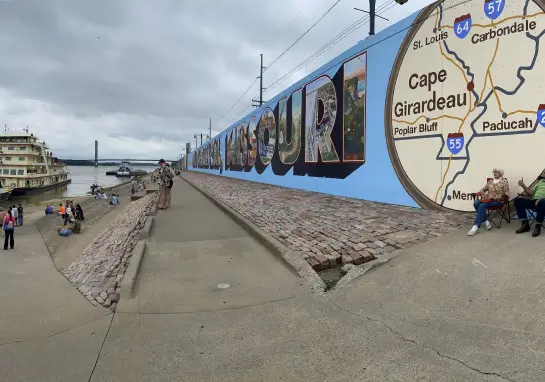
Petersburg Levee System, Petersburg, West Virginia
The Petersburg Levee System consists of two systems: one on the north and one on the south side of the South Branch of the Potomac River. The system includes a series of levee and drainage structures that help convey water in and out of the protected area. More than 1,600 people live or work behind these levees. In addition, more than 400 buildings and property valued at $63 million are behind these levees. See more about these levees on the National Levee Database (South and North Peterburg Levees).
Photo by Sarah Lazo, U.S. Army Corps of Engineers Baltimore District
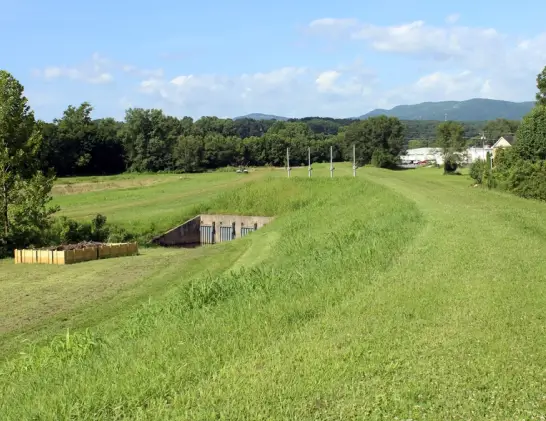
Napa River/Creek Flood Protection Project, Napa County, California
A series of levees and other structures work together to move and provide protection from water along the Napa River and Creek. The Napa River Hatt to 1st Street floodwall is part of this system and helps reduce flooding to more than 3,000 people, 231 buildings, and property valued at more than $517 million in downtown Napa, CA. The floodwall was designed with public access in mind and includes walkways, a park, and access to visit nearby shops. See more about this levee on the National Levee Database (Napa River Hatt to 1st Street floodwall).
Photo by DeDe Cordell, U.S. Army Corps of Engineers Sacramento District
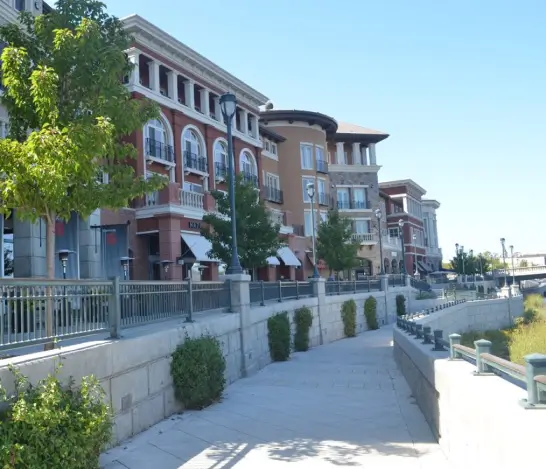
Dallas Floodway, Dallas, TX
The Dallas Floodway project consists of a complex system of levees, a concrete floodwall, sumps and pumping stations, bridge crossings, conduits, and other structures. Levees part of this project parallel either side of the Trinity River in Dallas, TX. Levees lining the eastern portion of the river provide protection to parts of downtown Dallas and the central business district from flooding; more than 100,000 people, 5,600 buildings, and properties valued at $3.6 billion are behind the east portion of the levee system. More than 94,000 people, 8,100 buildings, and property valued at $1.6 billion are located behind the levees lining the west bank of the Trinity River. See more about these levees on the National Levee Database (East Dallas Trinity RB, West Dallas Levee Trinity RB).
Photo by: Dallas Police Department
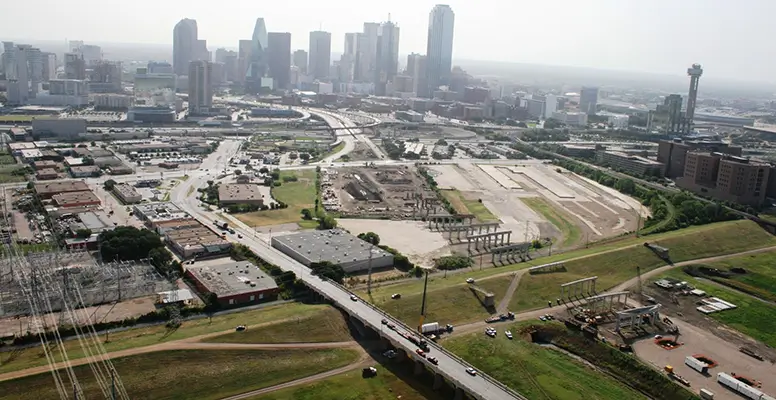
Levees Near Farms, Manufacturing, and Culturally Significant Areas
Levees often provide important protections for agricultural lands and manufacturing areas. Many keep lifelines of the U.S. economy dry during high-water events. Levees also play a part in keeping the nation’s monuments and other culturally significant sites dry.
RD 1600, 0827, 0785, and 0537 – SacYolo North, Sacramento County, CA
RD 1600, 0827, 0785, and 0537 – SacYolo North is a roughly 32-mile-long levee system that runs along the right bank of the Sacramento River and left bank of Yolo Bypass. The levee surrounds mostly agricultural lands, with some residential use. Portions of the levee are in a major commercial gateway. Although few people live in the area behind the levee, properties and contents there are valued at about $11.8 million. Read more about this levee on the National Levee Database (D 1600, 0827, 0785, and 0537 - SacYolo North).
Photo by Ken Wright, U.S. Army Corps of Engineers Sacramento District
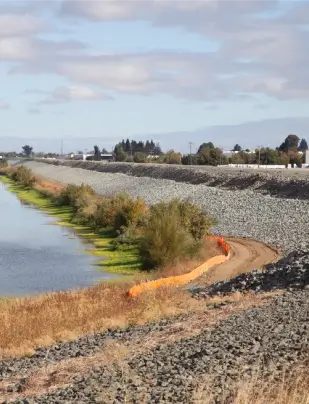
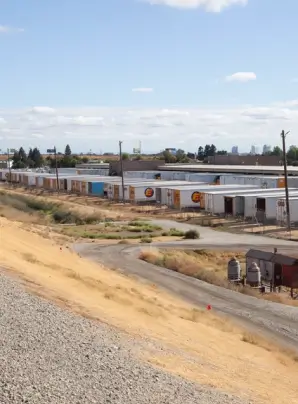
Potomac Park Levee System, Washington, D.C.
The Potomac Park Levee System runs parallel to the Lincoln Memorial Reflecting Pool in Washington, D.C. The Potomac Park Levee System's most visible component is a permanent post and panel closure at 17th Street and Constitution Avenue that can be fully closed in preparation for a high-water event. There are more than 20 buildings in the area behind the levee and property valued at $71.9 million.
Photo by Thomas Deaton, U.S. Army Corps of Engineers, Baltimore District
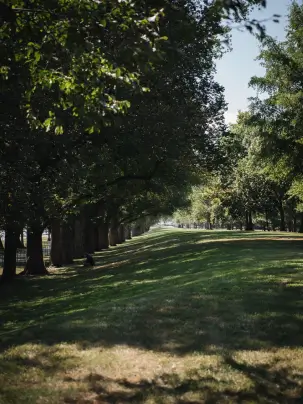
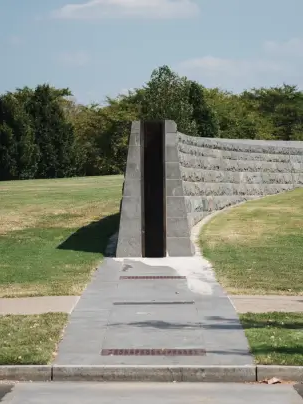
Levees as Integrated Systems
Many levees throughout the U.S. operate as part of a larger, connected system. For example, levees and dams can work together to provide safe drinking water and power, while also reducing the frequency and intensity of flooding. A series of levees along a shared waterway can work together to benefit many communities.
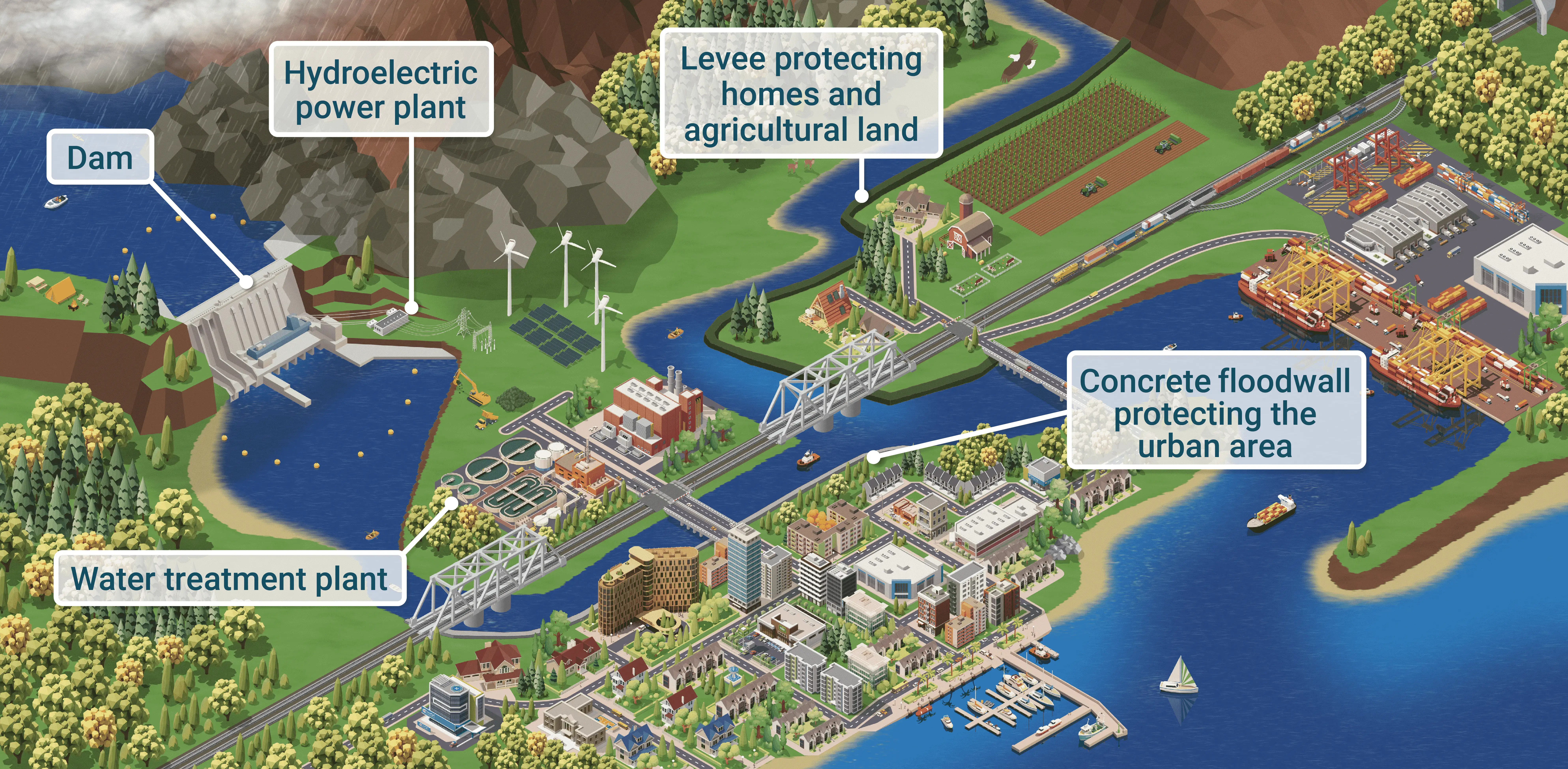
Can you spot levees near you? Many look differently – but work similarly by keeping water away from people, properties, farms, manufacturing areas, and other important community assets.
